Article: “A Composer Breaks Down The Music Theory Behind Soundgarden’s ‘Black Hole Sun’” | Stereogum
Article: A Composer Breaks Down The Music Theory Behind Soundgarden’s “Black Hole Sun” | Stereogum
Author: Vivek Maddala | Date: March 8, 2024
Today marks the 30th Anniversary of the release of Soundgarden’s blockbuster album Superunknown. It debuted at #1 on the Billboard 200 album chart, edging out Nine Inch Nails’ landmark album The Downward Spiral (released the same day), and it went on to sell nearly 10 million units. Soundgarden collected two Grammys from the album, one for the superb rocker “Spoonman,” and the other for the haunting classic “Black Hole Sun.” The latter is probably Soundgarden’s best known song. An enduring symbol of singer Chris Cornell’s ingenious songwriting, it’s enigmatic, foreboding, triumphant, and intoxicating — all at the same time.
The phrase “black hole sun” represents a kind of contradiction of ideas, so it’s only fitting that a song wearing that title should involve impenetrable melodies and chords, which in turn invite a range of incongruous emotions in the listener. In creating the song, Soundgarden took the notion of a power ballad and twisted it into a psychedelic trip that defies categorization, compositionally and stylistically. Let’s examine the inner workings of “Black Hole Sun” by diving headlong into its inescapable pull.
Quasi-Functional Harmony
In previous In Theory articles, we’ve explored functional versus non-functional harmony. In short: Most Western/European-based music feels coherent insofar as it moves between moments of tension and release. Functional harmony does this using chords that have pre-assigned roles to play, and there’s some expectation as to the direction that the harmony will follow. For example, the ii-V chord movement we hear in so many jazz standards points to the tonic (I) chord with some air of predictability. And when the I chord lands, there’s something aurally reassuring because it satisfies our expectations as listeners. But after a ii-V setup, if we hear something else other than the I chord — like, say, another cascaded ii-V turnaround, preparing an unpredicted resolution along a new harmonic axis — it could be a delightful surprise as the composer has subverted our expectations. It’s like how we might experience a plot twist in a story.
In contrast, non-functional harmony employs chord progressions that don’t point in any particular direction, so we have no framework of expectations as to what’s going to happen next. Unrelated chords can come and go, and the music sounds coherent so long as the harmony doesn’t clash with the melody. In this type of harmonic system, each chord the composer selects is not the “result” of what came before it. The composer might choose a chord because it evokes a certain feeling in that moment, and they may not care about spinning an exact musical narrative. It’s a like a painter who chooses their color palette not based not on how useful each color is in painting a specific image, but because the colors evoke a particular set of emotions.
Part of the magic of “Black Hole Sun” comes from the way songwriter Cornell straddled the line between functional and non-functional harmony. One way to think of it is that he used a novel “quasi-functional” harmonic system. We can hear it from the start of the song, in the opening guitar arpeggios and melody. See Figure 1 below.
The first thing we hear is an arpeggiated Gsus chord — an ambiguous combination of notes that doesn’t clearly orient us in a specific key center. It’s a suspended (“sus”) chord because instead of a Major or minor 3rd, we hear a “perfect 4th” — which produces an unresolved, unstable sound. It makes sense, in a way, that Cornell would choose an abstruse musical gesture to kick off the song, as it foreshadows what’s to come. However, when the melodic guitar enters on top with a Bb note sliding up, the ambiguity dissipates and we’re steered toward a clear key center: G minor. This direction proves to be ephemeral, though, when we start hearing non-diatonic chords (i.e., chords that don’t live in our assumed key center), like the E minor in the fourth bar. Further complicating matters: When Cornell’s vocal enters in the verse over the same enigmatic chord progression, he clearly sings a B♮ in the melody (see Figure 2 below) — inviting us to reevaluate the G-minor assumption we just made about the intro. So was the opening Gsus chord intending to imply G Major? Was the Bb we heard in the guitar melody simply the product of sloppy guitar-slide intonation? “Black Hole Sun” is indeed a mysterious cosmic object.
Reorienting ourselves now to the key of G Major: The movement from the Isus chord in the first bar to the bIII6/9b5 chord in the second bar sounds intensely evocative — and it’s not something we would’ve predicted, as the second chord doesn’t intuitively follow from the first. However, if we consider that the second chord (which we could describe as a Gsus/Bb or a Bb6/9b5 when coupled with the melody notes) comes from the parallel key center of G minor, then the whole affair starts to seem less random. This is an example of modal interchange: temporarily borrowing chords from a parallel key. But the borrowed chords in “Black Hole Sun” aren’t merely passing or incidental. On the contrary, they’re crucial to the song’s musical identity. Further, they don’t adhere to any established systems of harmonic organization, like the practice of adopting chords from parallel modes to serve as secondary dominants that set up harmonic arrival points. I suspect Cornell selected the chords precisely for their harmonic color, and perhaps because the resulting progression is so surprising.
The chromatic descent in the chordal movement from F to Emin to Ebsus to D7 possesses its own kind of harmonic logic (chromatic motion has a way of justifying itself easily), even if each chord’s function seems ambiguous. The D7 that ends the sequence is the V chord in G Major, which brings us back home in a Bach-approved V-I authentic cadence — one of the rare instances of conventional functional harmony in “Black Hole Sun.” In essence, the “quasi-functional” harmonic system Cornell employed here manages to take seemingly unrelated chords comprising an utterly unpredictable pattern and weave them into a natural-sounding tapestry.
Tuning And Tape Speed
Cornell (who played most of the rhythm guitar parts) and Kim Thayil (who played lead guitar) used drop-D on “Black Hole Sun,” a popular guitar tuning scheme for heavy music of the 1990s and early aughts. Essentially, it’s the standard EADGBE tuning, but with the bottom E lowered a whole step to D. (Spoon fans might recall Britt Daniel singing “I was in this drop-D metal band we called Requiem” on “Sister Jack.”)
One advantage of this tuning is it allows you to play power chords (root-5th-octave) on the bottom strings with only one finger on the fretboard (or sus2 chords with only two fingers). Soundgarden used this tuning a lot — not just on “Black Hole Sun,” but also on “Spoonman,” “Outshined,” and many other songs. Famously, the Beatles’ “Dear Prudence” uses drop-D tuning, as does Foo Fighters’ “Everlong,” Rage Against The Machine’s “Killing In The Name,” CSNY’s “Ohio,” and Matteo Mancuso’s suitably named “Drop D” song. (Fleetwood Mac’s “Never Going Back Again” uses drop-D, but Lindsey Buckingham capo’d his guitar at the 4th fret — so I don’t know if that counts.)
If you’ve tried to play along with the studio recording of “Black Hole Sun” you’ve undoubtedly noticed it’s not at A=440Hz (the pitch standard we most commonly hear, and the one which the International Organization for Standards has formally adopted). Soundgarden originally recorded the song at A=440Hz, but they subsequently sped up the tape slightly, resulting in a pitch center around 75 cents sharp (almost a semitone). The reason relates to the band’s desire to sonically brighten the distinctive warbly guitar sound Cornell had recorded using a Leslie 16 (a.k.a. Fender Vibratone) — a passive rotating speaker unit they powered via a Marshall JMP 50 amp. Cornell had played those iconic swirling arpeggios using his Gretsch Duo Jet, and somehow the recording lacked the “sparkle” producer Michael Beinhorn had heard on his demo. Speeding up the tape in post fixed the problem. Voila!
Thoughtful Construction
The verses formalize and develop the harmonic architecture established in the intro, with the entrance of drums, bass, and vocals. Cornell played the high triadic arpeggios with that charming fast Leslie warble, creating a crucially sparse arrangement. See Figure 2 below.
The vocal, the bass line, and the guitar arpeggios all live in different octaves, so there’s very little frequency/timbre overlap. Because each part stays in its respective lane, this section is able to maintain a lot of sonic clarity. Moreover, the vocal melody and guitar part dovetail rhythmically, so as one enters, the other exits. This careful construction is lovely and opens up space for the big dynamic contrast we’ll soon hear in the chorus. The chord progression encompasses many of the cool harmonic devices we’ve discussed in previous In Theory articles, like chromatic mediant relationships (the G6 to Bb6b5) and Neapolitan chords (the Ab — well, sort of… OK, not exactly). The Ab chord at the end of each verse is a curious one: It’s foreign to the key centers of both G Major and G minor, and I always imagined that Cornell veered off with that harmonic curve ball to inject a bit of droll humor into the song. The “C” note he sings over the chord is the Major-3rd of the Ab chord, but it also represents the perfect-4th interval (relative to G) that infused so much mystery into the Gsus that opened the song. It’s as though Cornell wanted to conclude each verse with something akin a melodic question, a surprising cadence he could sing with a wink and a nod.
It’s worth mentioning one other oddity in the verse: The B♮ that Cornell sings while the Bb6b5 chord rings out shouldn’t work. (See Figure 2 above.) In fact, it should sound awful because it forms a minor-9th interval with the root of the chord it sits atop — and in this context, a professional orchestrator tasked with working on this tune would likely consider it “wrong.” Yet, when listening to “Black Hole Sun,” we don’t hear a problem with it. Why? It’s because the dissonant interval isn’t frozen in time. If Cornell’s B♮ note had coincided with the onset of the Bb6b5 chord, or if he’d hung on to it for longer than an 8th note, we would likely perceive the sonic clash. But instead, the B♮ acts as a chromatic passing note, so the tension it creates is fleeting and our brains resolve it so quickly that we hardly notice it. Put another way, it matters where in time you choose to distribute the tension in a given harmonic passage. This is an important aspect of voice leading theory, and a topic Jacob Collier has explored extensively. (As an aside, Cornell could’ve sung a Bb there instead of a B♮, and it would’ve worked great.)
Beatles Influence
The above discussion of the B♮ in Cornell’s melody over the Bb6b5 chord leads me to assume he composed the melody first without specific chords in mind, which he formulated later. The parallel melodic lines corresponding to the lyrics “in my mind / indisposed” are then developed/answered with the ensuing “in disguises no one knows” melody. What’s the lineage of this melodic architecture? According to Superunknown producer Michael Beinhorn, Cornell wrote “Black Hole Sun” after marinating for some time in the Beatles and Cream, and after Beinhorn had tasked him with channeling those bands’ music for some creative stimulation. The “Black Hole Sun” tune came to Cornell while driving in his car, and I wonder if he found inspiration, perhaps unknowingly, in the melody and progression of the Beatles’ cover of “Till There Was You.” The opening lines resemble each other in their construction, and the Major-6th chord at the top of the “Black Hole Sun” verses was a staple of the Beatles’ music. See Figure 3 below.
OK, maybe I’m straining credulity here. But the decidedly George Harrison-esque Gretsch Duo Jet guitar and Leslie 16 rotating speaker cabinet that Cornell used in his demo — as well as the final recording — indeed point towards a Beatles influence.
Chorus
When the chorus lands, the guitar texture thickens considerably. Cornell and Thayil used an ABY switcher to run their guitars into two amp setups: a Marshall JMP 50 half stack w/ a 4×12 slant cabinet and a Mesa Boogie Dual Rectifier with a 4×12 straight cabinet — each mic’d on two cones using a Shure SM57 and an RCA BK5 (ribbon mic). The Marshall setup provided the mid-range punch (a la Jimmy Page, Cream-era Clapton), while the Mesa Boogie’s scooped-mid characteristic added the highs and lows (think nü metal). They didn’t dime either amp, so the arpeggios retained sonic clarity, even with the low-voiced sus chords. See Figure 4 below.
Bassist Ben Shepherd played mostly whole notes, so Beinhorn doused his track with lots of dynamic range compression, using an 1176 FET compressor, to prevent the long notes from decaying out. Cornell recorded his vocals using a Neumann U87 large-diaphragm condenser, into a 1073 preamp and an 1176 compressor — a deviously simple signal chain that provides a dry, immediate sound.
The highlight of the chorus for me arrives with the vocal line “wash away the rain” (see Figure 4 above). The guitars play a G power chord, but Cornell’s B in the melody turns that into an open-voiced Major triad; the G power chord over F in the bass that follows next transforms into a Dmin11 in first inversion, with the D in the melody. The phrase culminates in Cornell singing Middle C on “rains,” over a spread-voiced Bb Major on guitar — turning it into an “add9” chord, a minor 3rd up from our key center. Further, he drops the C down a 4th to G at the end of “rains,” implying the Badd9 is really a Bb6/9 chord. For a lot of people, the sound of a 6/9 chord conjures Brazilian bossa nova or “jazz manouche” (along the lines of Django Reinhardt) — but in “Black Hole Sun,” it simply imparts a sense of poignancy. It’s an exquisite and powerful musical passage.
Time For Odd Meters
One of the most notable parts of “Black Hole Sun” is the repeating guitar riff, over which Kim Thayil wails his blistering, chaotic guitar solo. It forms an unforgettable hook, and it also ends the song. See Figure 5 below.
It’s not uncommon to find alt-rock or prog-rock bands eschewing common time for more atypical time signatures, but we rarely hear odd meters in mainstream singles releases. A few examples of Soundgarden singles featuring unusual meters include “Outshined” (from Badmotorfinger), “Spoonman,” and “The Day I Tried to Live” — which all use 7/4 meter. “My Wave” features 5/4. “Fell On Black Days” features 6/4 meter. “Black Hole Sun” is mostly in 4/4 time, but the menacing guitar riff section shown above in Figure 5 cycles through six bars of 9/4. “Black Hole Sun” experiences its crescendo in this section, with the climax arriving at the end of the sixth cycle. Drummer Matt Cameron plays steady quarter notes on the bell of the ride cymbal — while accenting the “and” of 2 (snare) and the “and” of 5 (kick/crash) — which infuses additional syncopation into the madness while managing to hold it all together.
That Groove
I would be remiss not to acknowledge — in fact, celebrate — the central role the drums play in “Black Hole Sun.” In a previous In Theory article, I posited that the most important “voice” in any rock band is not that of the singer, and it’s not the sound of the guitars or bass. It’s the snare drum. (I stand by that, even when the band’s singer happens to be Chris Cornell, incontrovertibly one of the best vocalists in rock history.) The sound and feel of the snare drum contains more information about the artist and their intentions than any other single instrument. On “Black Hole Sun” Matt Cameron played a 7×14 Keplinger snare with a coated Remo Emperor (top head) and Remo Ambassador TD (bottom head). He tuned the snare medium high and used no damping in order to produce long, ringing notes. That snare possesses so much charisma, it’s hard to imagine what the song would’ve been without that specific sound.
Even more importantly, Cameron’s pocket groove hugely impacts the overall feel of “Black Hole Sun.” The type of pattern he’s playing is a “half-time” beat. Instead of the backbeat landing on the usual “2” and “4,” it’s on beat “3” of each measure — which invokes a wide, spread-out feel because the time interval between each downbeat and backbeat is twice as long. It creates the illusion of a slower tempo, and it makes the groove feel more substantial. See Figure 6 below.
Figure 6: Drum Groove in the Verses of "Black Hole Sun"
Every drummer has their own signature time-feel, and Cameron’s tendency over the years has been to place the kick early or right on the grid in an assertive manner (“pushing”) while delaying the snare backbeat slightly (“pulling”). This push-pull feel creates a driving sense of excitement and weight, and Cameron’s copious use of drags and ghost notes imparts a kind of slinkiness to the groove. As you can see in Figure 6 above, the snare consistently falls slightly behind, which tends to make the song feel extra heavy. On Superunknown, Soundgarden didn’t record to a “click” (i.e., a metronome), affording Cameron the leeway to bend the tempo from moment to moment, sculpting each dramatic turn. The fills going into each new section at times feel so late, they’re almost like fermatas (prolonged rests). This imparts a sense of weight, but when the band starts cooking — particularly in the 9/4 section — the drums integrate a more agile feel. Sadly, most rock songs today are tethered to a metronomic grid for easy editing and “quantizing” (the process of moving notes in time to force a more robot-like precision). Hearing “Black Hole Sun” now makes me long for the lost nuance and musicality of click-free drumming.
Many More Black Hole Suns
Even with its inscrutable lyrics and complex harmonic construction, “Black Hole Sun” managed to achieve widespread, lasting appeal. Reflecting on first hearing Chris Cornell’s demo, bassist Ben Shepherd commented, “I knew immediately it was a heavy-hitting song. I equated it with Stevie Wonder, that level of songwriting. Huge.” Michael Beinhorn said, “It shows how songwriters tap into something that’s out there, like good antennae. It’s a work of art, something that comes purely from the unconscious mind.” One measure of the robustness of a song is how well it translates with different artists’ interpretations and styles. Covers of “Black Hole Sun” abound, and some of them are truly stunning.

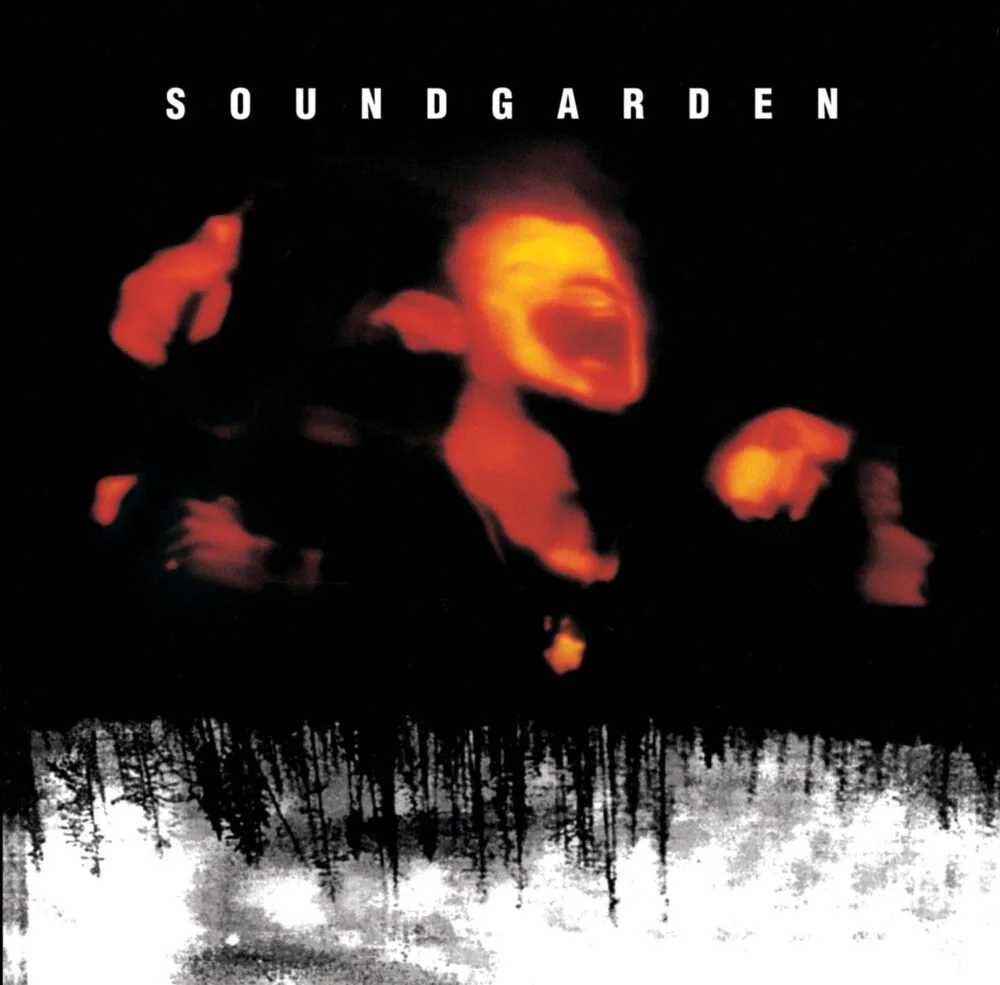

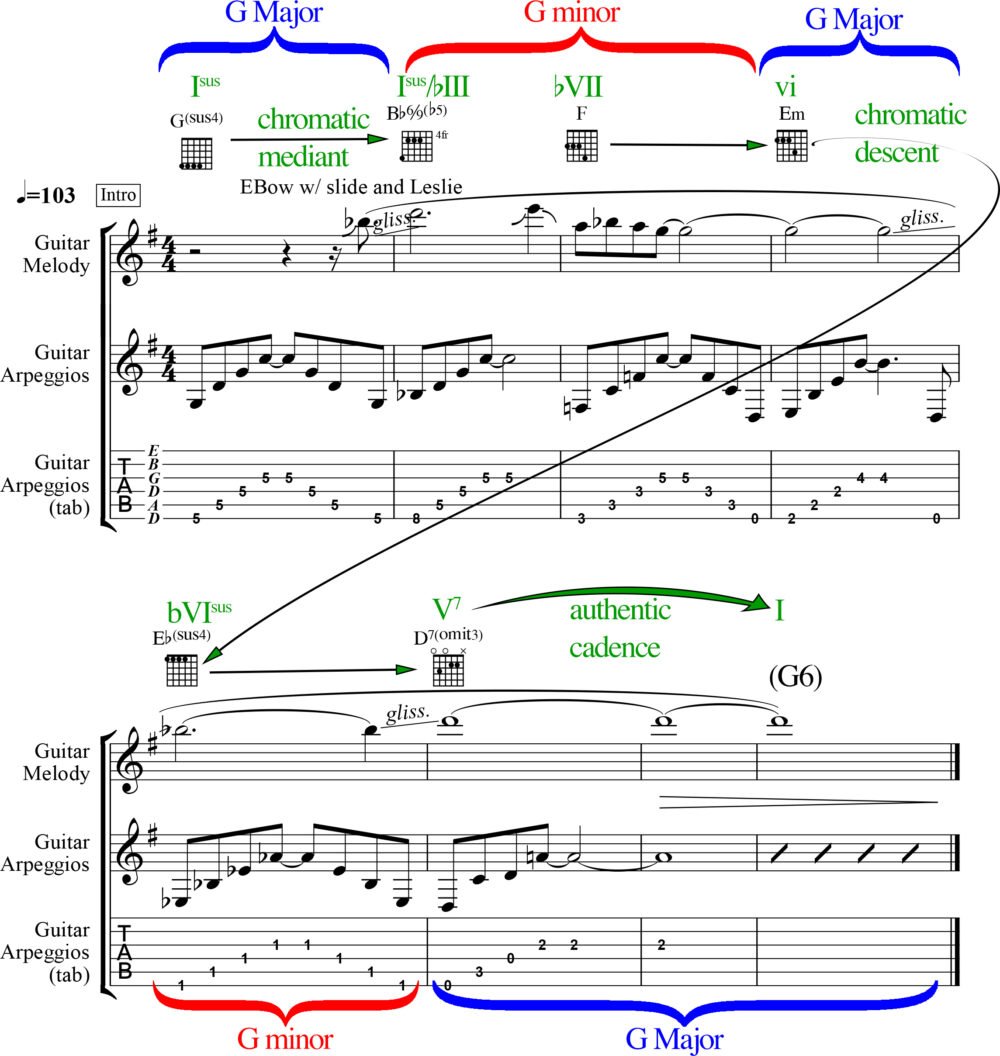
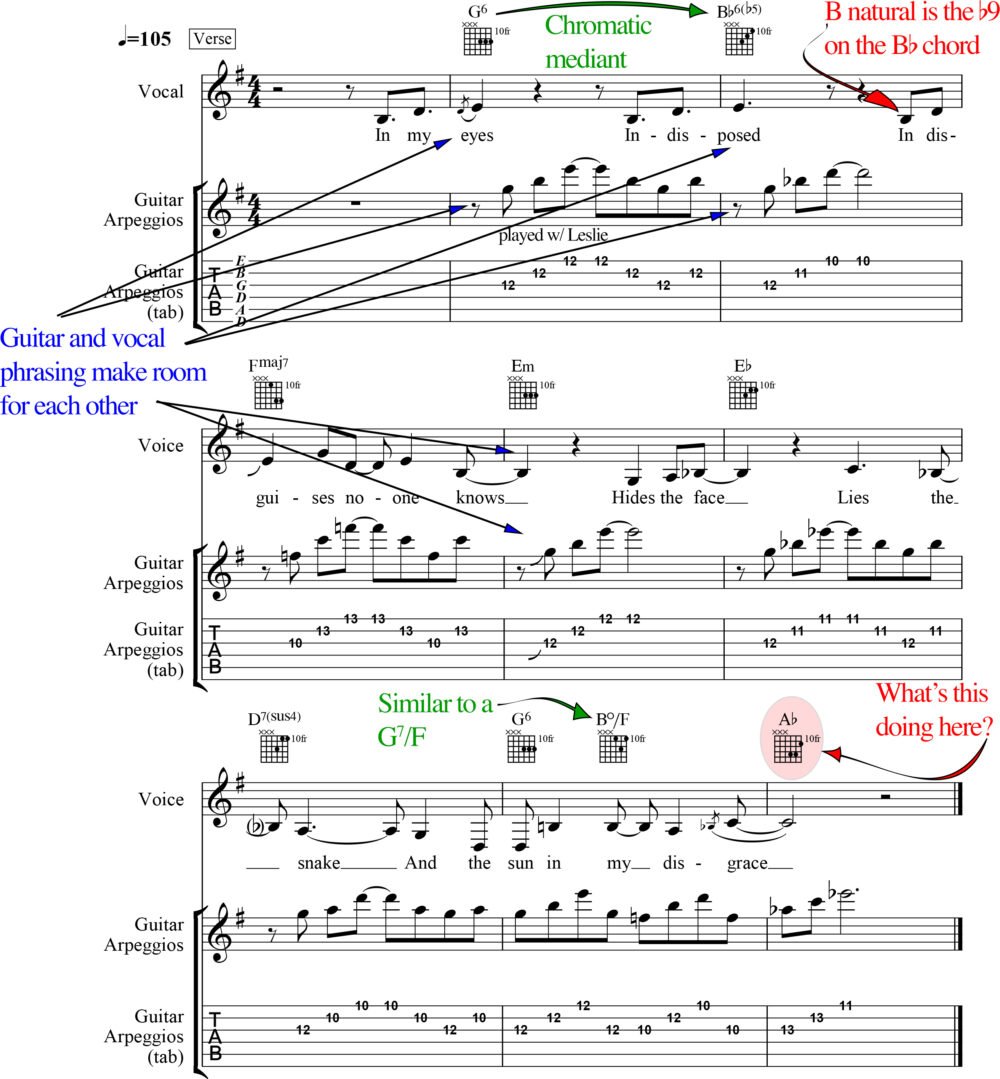



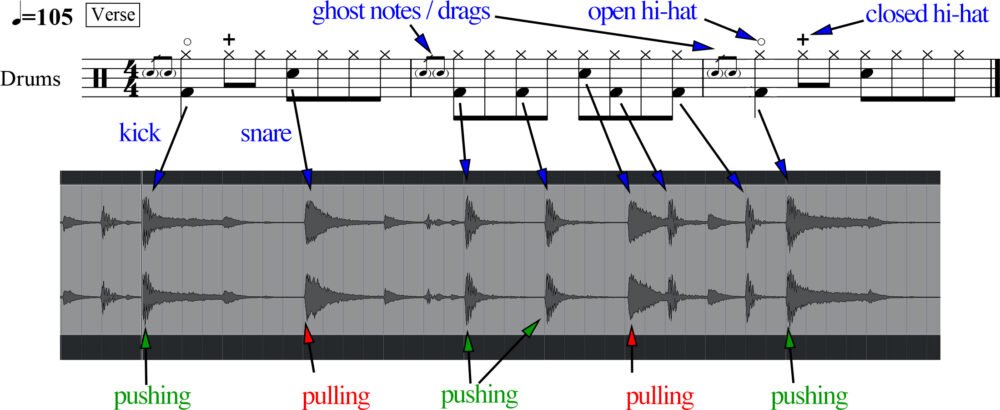


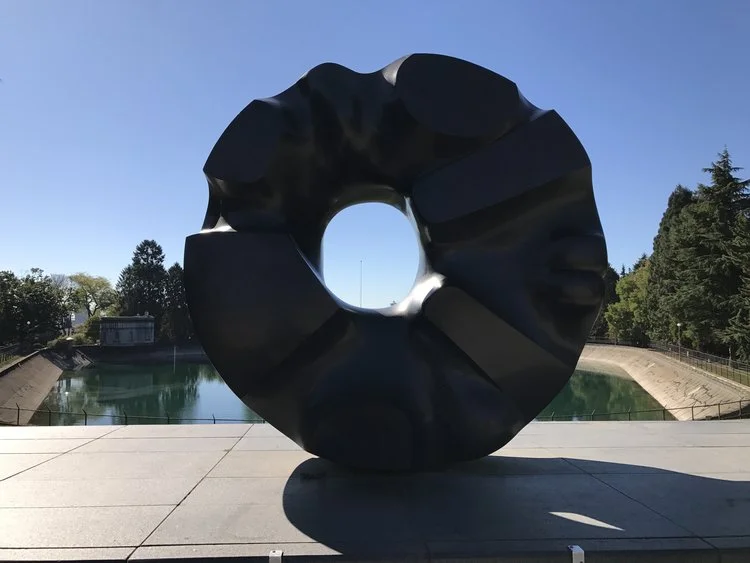
![Article: Kim Thayil Interview [SongFacts.com]](https://images.squarespace-cdn.com/content/v1/536cdcbae4b0128e37adc2e0/1521469953148-J0EU0QKRP0WLA1BY65ID/1477342325963.jpeg)
